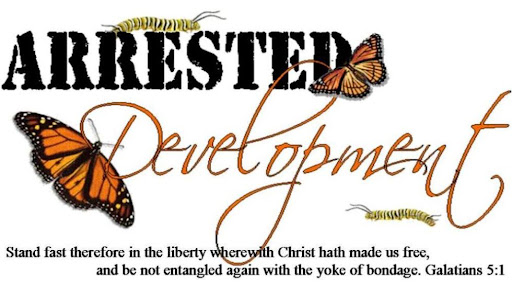Nine
Questions to ask of your child's existing or prospective program and the
answers you should expect to hear.
I Have the Right to Protection
To be sure your child is
safe, make sure any program you are considering has a more comprehensive
approach to preventing sexual and other forms of child abuse. The Centers for
Disease Control and Prevention has defined six key components of a
comprehensive approach to keeping kids safe. These include:
·
Screening and selecting employees and volunteers
·
Guidelines on interactions between individuals
·
Monitoring behavior
·
Ensuring safe physical environments
·
Responding to inappropriate behavior, breaches in policy, and
allegations and suspicions of child sexual abuse
·
Training about child sexual abuse
The organization or
program should be knowledgeable about who sexually abuses children and what
puts children at risk to be abused. Ask how they screen employees and
volunteers and be wary if they rely solely on criminal background checks. They
should use written applications and personal interviews to learn about what
previous experience someone has working with youth and to identify any
potential warning signs.
For example, some people who sexually abuse children spend all of their time
with children or youth and do not have any relationships (friendships,
significant partners, co-workers) with adults.
No. Criminal background
checks can give a false sense of security. Because the vast majority of child
sexual abuse goes unreported, the vast majority of people who have sexually
abused children will pass a criminal background check.
Too often, organizations serving kids rely solely on background checks to determine whether a person is safe to work with children. This is a very low bar. People who have sexually abused children will pass a criminal background check unless the abuse has been reported, prosecuted as a sexual crime, and the person has been found guilty.
Too often, organizations serving kids rely solely on background checks to determine whether a person is safe to work with children. This is a very low bar. People who have sexually abused children will pass a criminal background check unless the abuse has been reported, prosecuted as a sexual crime, and the person has been found guilty.
Reference checks provide
important opportunities to learn more about an applicant’s experience. When
asking for references, programs should require applicants to include non-family
members and should watch for gaps in references and ask about them. For
example, if an applicant spent three years working at a child care facility but
doesn’t list anyone from the facility as a reference, this should be discussed
to understand why.
Organizations should have
a policy regarding staff and youth interactions. Does the code include examples
of positive interactions or is it so focused on what not to do that your child
could miss out on appropriate, encouraging interaction? Are you comfortable
with how they define appropriate and inappropriate interactions?
All the policies in the
world won’t do any good unless they are observing interactions and taking
action as needed. Organizations who take seriously the safety of children
understand the importance of both observation and taking action. What
procedures does the organization have for monitoring interactions? What is the
procedure for bringing up concerns about interactions between adults or older
youth and children? Who is designated to handle these concerns?
Safety in the physical
layout can be too often overlooked. Are all areas of the space visible to
others or could someone bring a child into a corner or closet without being
seen by others? Do doors have windows or are they kept open so anyone walking
by can see how staff are interacting with children? When you visit the space,
think about how easy or difficult it will be for staff to monitor interactions.
Would it be easy for someone from outside the program to gain access? Can
anyone walk in or do you need to sign in?
You want to be certain
that they have policies and procedures in place to deal with not only evidence
of sexual abuse but breaches in policies and concerning behaviors. Some
situations require an internal response while others should be handled by
authorities. Organizations with policies in place are better equipped to handle
concerns than those who have not.
Training is another way
that organizations send a message to staff and volunteers that they are serious
about keeping children safe from abuse. Training should include information on
how to identify signs of abuse and when it is appropriate to make a referral.
They should also know what the procedures are for making a referral and the
designated staff person to handle these referrals. Training should be ongoing
and refresher courses available.
It is important that even
temporary staff and volunteers are made aware of the school’s child protection
policy and mechanism for reporting any concerns and allegations. Some
organizations even provide training to parents and other caregivers because
they know the importance of knowledgeable adults in keeping children safe.


No comments:
Post a Comment